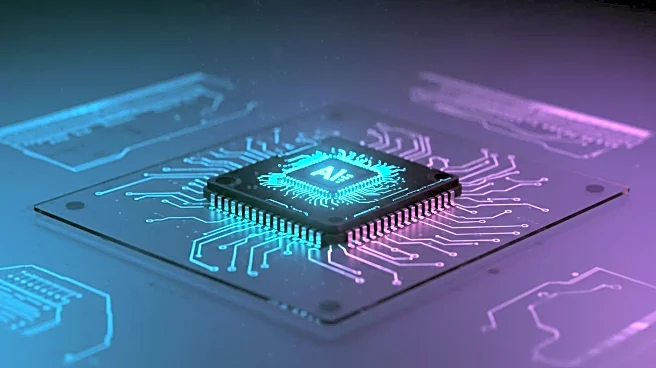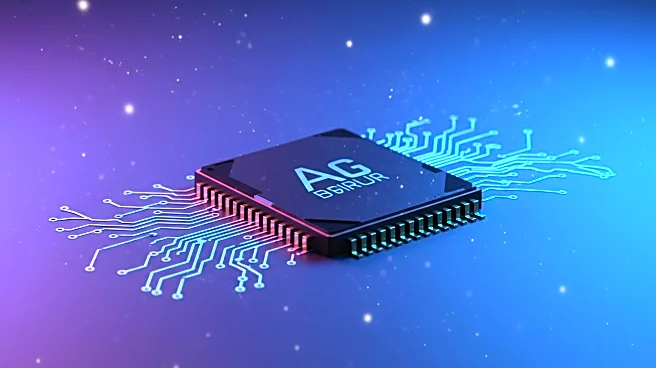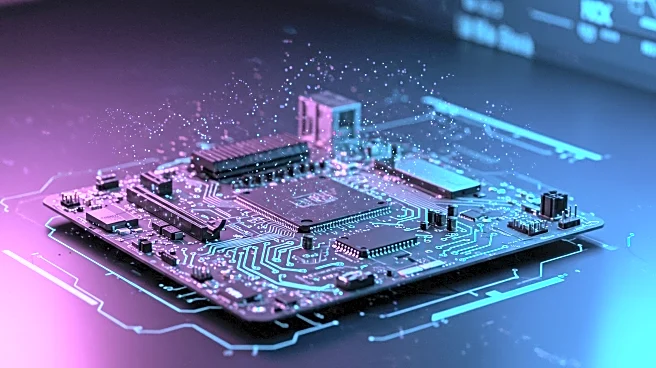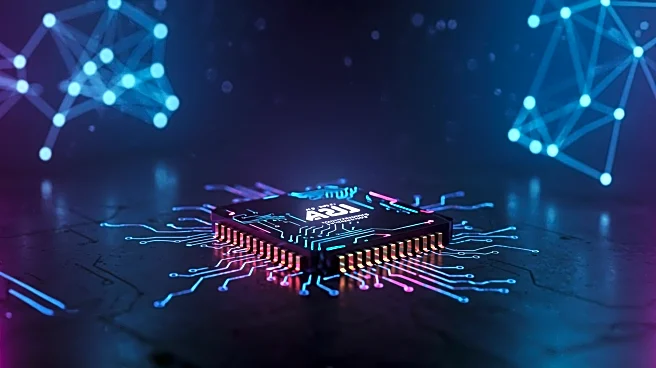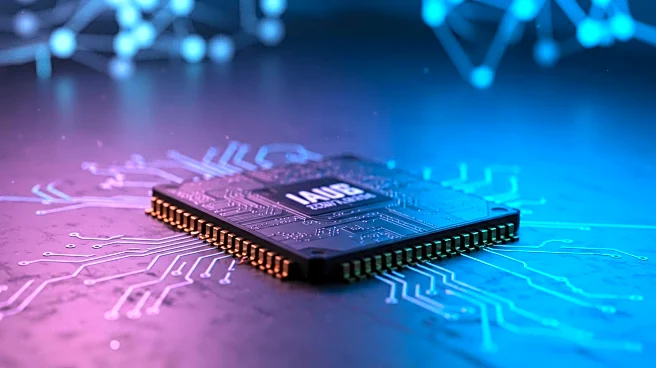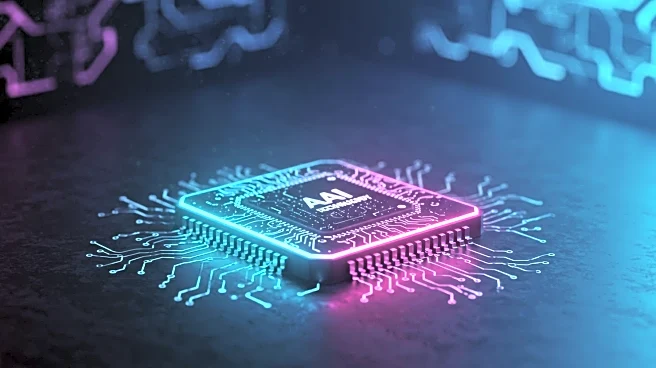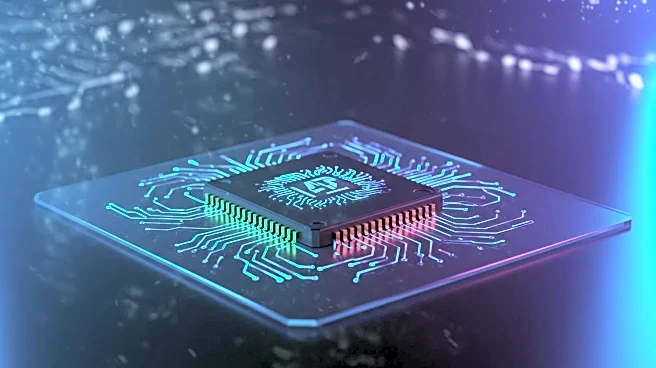What's Happening?
OpenAI has released its latest large language model, GPT-5, which has shown only modest improvements over its predecessor, GPT-4. Despite claims of significant advancements in intelligence and performance across various tasks, GPT-5's improvements on public benchmarks are not as substantial as expected. This has led to discussions about the potential stagnation in AI development and whether current AI designs can achieve further breakthroughs. The model has shown improvements in areas such as programming and mathematics but has not significantly outperformed other leading models like Anthropic's Claude or Google's Gemini.
Why It's Important?
The release of GPT-5 and its modest gains highlight potential challenges in the AI industry's ability to continue making significant advancements with existing technologies. This could impact the development of more intelligent AI systems and influence the strategies of AI companies. The competition among AI developers remains intense, with companies striving to achieve breakthroughs that could secure market dominance. The performance of GPT-5 also raises questions about the sustainability of current AI development models and the need for new approaches to achieve further progress.
Beyond the Headlines
The modest improvements in GPT-5 may indicate a need for the AI industry to explore new methodologies and technologies to overcome current limitations. This could involve rethinking AI training processes, exploring alternative AI architectures, or increasing collaboration among AI researchers. The economic implications are also significant, as the cost of developing and running advanced AI models remains high, and companies must balance innovation with financial sustainability.
